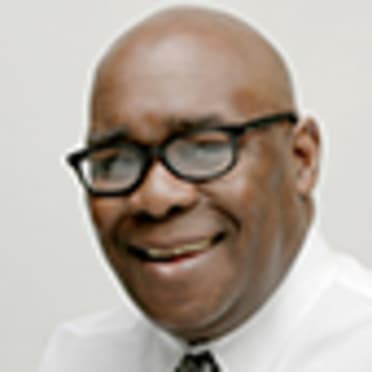NEW YORK -- In addition to his recent honor as one of the newest electees to the Baseball Hall of Fame, Jim Kaat has had an award-worthy broadcasting career. His seven Emmy Awards as a broadcaster could someday make him a candidate for the Ford C. Frick Award. At 83, he’s long been a regular presence in the booth for both the Twins and MLB Network.
Kaat is best known for his work as an analyst with the Yankees from 1995-2006, as well as his high-profile assignments such as the World Baseball Classic and Summer Olympics. Widely considered one of the more respected analysts in the game, Kaat feels it’s a blessing that he became a regular broadcaster only five years after retiring from baseball in 1983. His first stint in the booth was with the Twins in 1988, and he was with Minnesota when the club won its most-recent World Series title in 1991.
“When he heard I was getting into the [broadcast] business, [Jack Buck] called me over and said, ‘Hey, don’t tell anybody how easy it is. Cash the checks and smile,’” Kaat recalled during a phone interview with MLB.com. “[Broadcasting] has kept my mind active because there is always a challenge to find out about the new players. … Every game is different.”
Kaat credits Tim McCarver and football legend John Madden for his success in the booth. McCarver advised Kaat to be honest in the booth, and that if Kaat ever said something that could be viewed as controversial, he should go into the locker room, face the team and explain why he said what he said.
It was Madden who convinced Kaat that he didn’t need notes to observe a game, as long as he did his homework and carefully watched what the players were doing on the field.
“[Former broadcast partner Dick Stockton] put me in touch with John, who explained that if you do your homework and just watch the game, that’s all that you need to do,” Kaat said. “If you write down a bunch of notes, chances are you are going to look at them … and they might not pertain to the game. If you don’t remember them, they probably weren’t that important. That’s what John taught me.
“Other than just writing down the lineups, I've never really taken notes. I watched the game and try to tell the people at home what’s going on. I credit John for helping me with that.”
Kaat’s career in the booth started accidently when he was an active player with the Phillies in the late 1970s. During rain delays, broadcasters Harry Kalas and Richie Ashburn would call down for a player to come up to the booth and tell some stories. How good was Kaat? A television producer told him afterward he should get into broadcasting once his playing career was over.
Kaat was in the big leagues when Major League players went on strike during the 1981 season, and it was then that he was given his first break in the booth. He called Triple-A games with Ralph Kiner and Warner Fusselle; his first game involved Cal Ripken Jr. and Mike Boddicker, who were playing for Rochester, then the Orioles' Triple-A affiliate. (Ripken would make his Major League debut when the season resumed on Aug. 10.)
After Kaat's playing career ended following the 1983 season, he spent time as a pitching coach for the Reds before getting a regular-season gig in the booth for the Twins. He then joined the Yankees in '95 and watched them win four World Series titles from 1996 to 2000. Does Kaat believe he has had a Hall of Fame career as a broadcaster?
“I don’t know. There are so many broadcasters that have been lifelong broadcasters for teams,” he said. “I haven’t been in that category, but I’ve had people mention it. If that were to happen, that would be great.”
